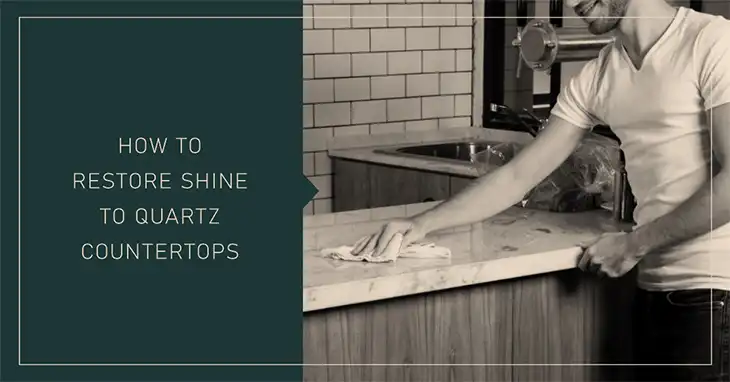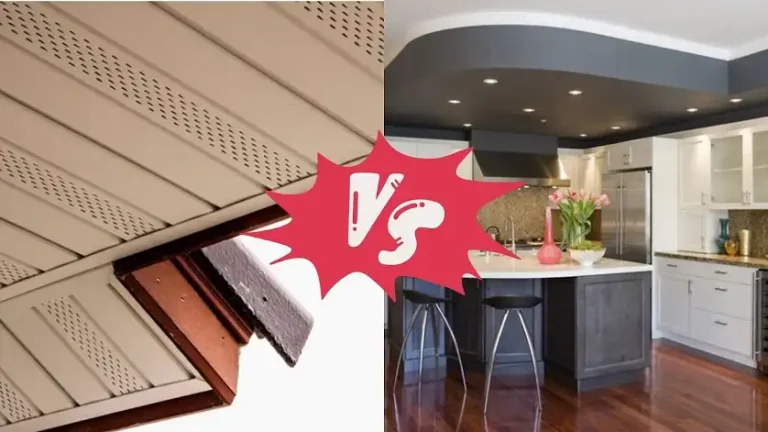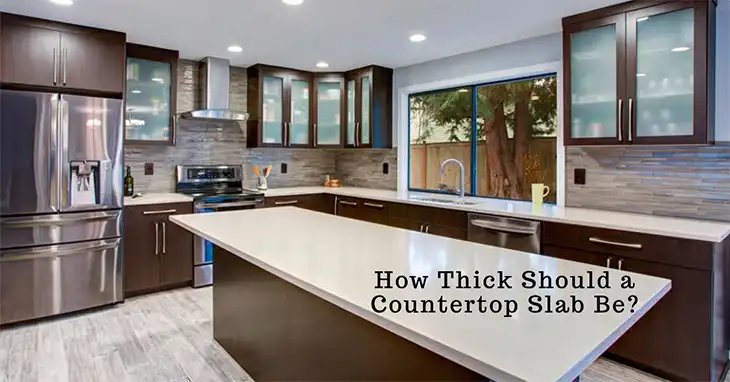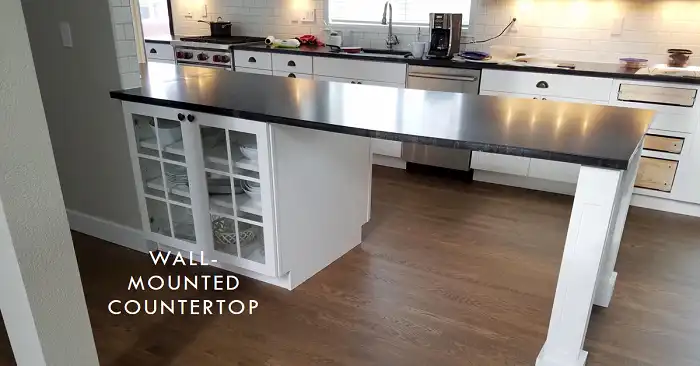How to Install New Cabinets Without Removing Your Countertops: A Step-by-Step Guide
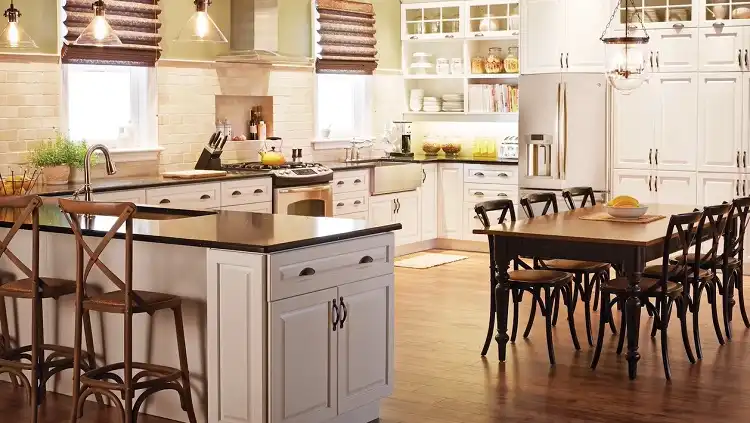
Are you dreaming of a kitchen makeover but don’t want to part with your beloved granite or quartz countertops? You’re in luck!
Replacing cabinets without removing countertops is not only possible but can be a cost-effective and efficient way to breathe new life into your kitchen.
This process allows you to update your cabinetry while preserving your existing countertops, saving both time and money.
Whether you’re dealing with worn-out cabinets or simply want a fresh look, this guide will walk you through the steps of installing new cabinets under your existing countertops.
From removing old cabinets to securing new ones, we’ll cover everything you need to know to tackle this project successfully.
We’ll also explore alternative options like cabinet refacing and discuss when it’s best to call in the professionals. So, roll up your sleeves and get ready to transform your kitchen without the hassle of a full-scale renovation!
Installing New Cabinets Under Existing Countertops: A Step-by-Step Guide
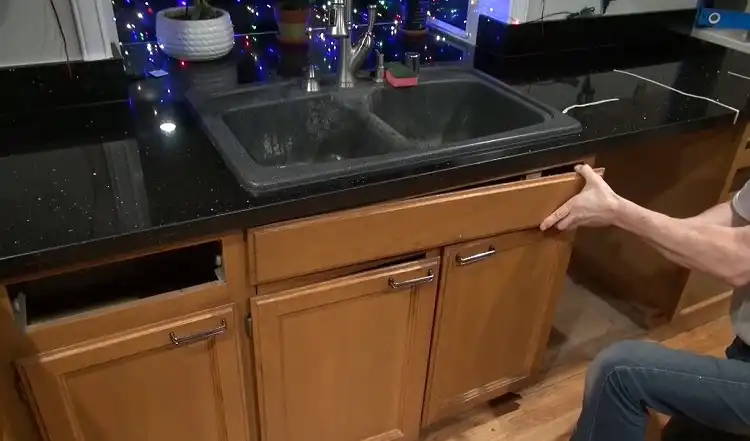
Replacing cabinets without removing countertops can be challenging and risky. If you’re unsure about your abilities or the condition of your countertops, consider hiring a professional.
Step 1: Removing the Old Cabinets
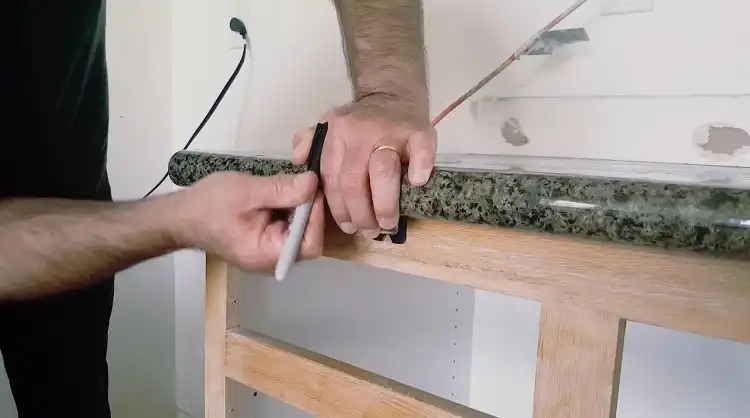
The first step in replacing cabinets without removing countertops is to carefully remove the existing cabinets. This process requires precision and patience to avoid damaging the countertops or surrounding areas.
Detaching Doors And Drawers
Begin by removing all cabinet doors and drawers. This will make the cabinets lighter and easier to work with. Carefully unscrew the hinges and handles, setting them aside if you plan to reuse them.
Loosening And Removing Screws And Fixtures
Next, locate and remove all screws and fixtures holding the cabinets in place. Pay special attention to screws at the back of the cabinet that secure it to the wall.
You may also need to cut through any caulk or adhesive between the cabinet and the wall or countertop.
Supporting The Countertop
Before completely removing the cabinets, it’s crucial to provide adequate support for the countertop.
Use temporary supports such as 2×4 lumber or adjustable jack posts to bear the weight of the countertop. This step is especially important for heavy materials like granite or quartz.
Step 2: Planning and Preparing for New Cabinets
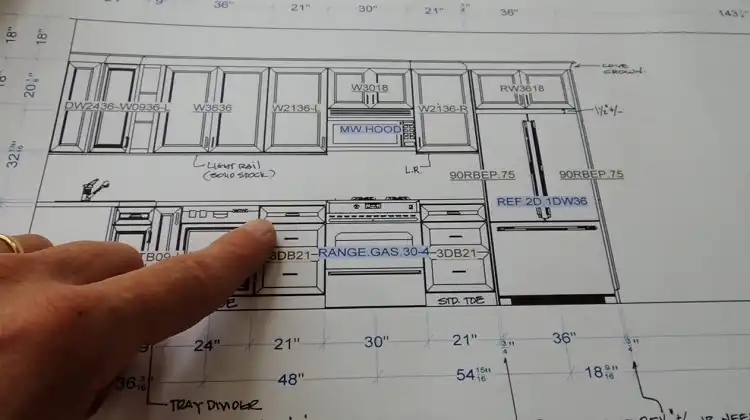
With the old cabinets removed, it’s time to plan for the installation of your new cabinets. Proper planning is essential to ensure a smooth installation process.
Measuring And Planning Cabinet Layout
Take accurate measurements of the available space, considering the size and positioning of the existing countertops.
This will help you determine the correct size and configuration of your new cabinets. Remember to account for any appliances or fixtures that need to be integrated into the cabinet layout.
Selecting Appropriate New Cabinets
Choose cabinets that fit your style preferences and functional needs. Consider factors such as material, finish, and storage features. Ensure that the new cabinets are compatible with your existing countertop in terms of height and depth.
Step 3: Installing New Cabinets
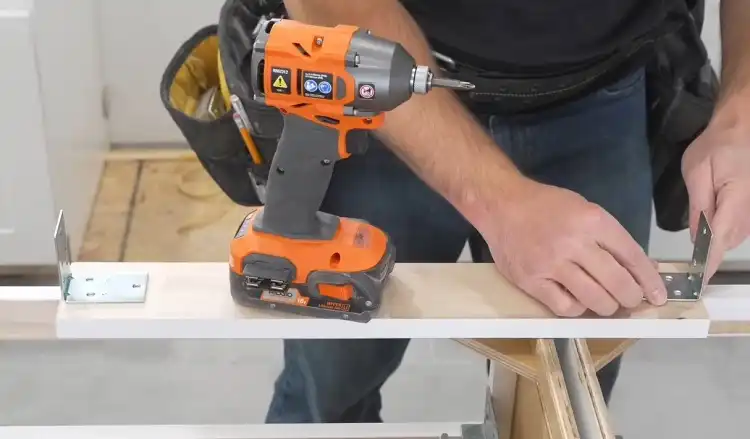
Now comes the exciting part – installing your new cabinets. This step requires precision and attention to detail to ensure a perfect fit.
Aligning And Attaching New Cabinets
Start by using a level to ensure that the cabinets are perfectly aligned. Place shims under the cabinets as needed to achieve a level surface. Once properly positioned, secure the cabinets to the wall using appropriate screws and mounting hardware.
Tips For Proper Installation
- Begin with corner cabinets and work your way outwards.
- Use clamps to hold cabinets together while attaching them to each other.
- Double-check level and plumb as you go along.
- Be mindful of any electrical outlets or plumbing fixtures that need to be accommodated.
Step 4: Reattaching Countertop and Finishing Touches
With the new cabinets in place, it’s time to secure the countertop and add the finishing touches.
Securing Countertops To New Cabinets
Carefully lower the countertop onto the new cabinets. Use construction adhesive along the contact points between the countertop and cabinets to ensure a secure fit. Fill any gaps with shims or wedges to ensure the countertop is level and well-supported.
Reinstalling Doors, Drawers, And Hardware
Once the countertop is secure, reattach the cabinet doors and drawers. Install new hardware if desired, or reuse the existing pieces. Make any necessary adjustments to ensure doors and drawers align properly and operate smoothly.
Why Replace Cabinets Without Removing Countertops?
Before diving into the process, it’s important to understand the benefits of replacing cabinets without removing countertops. This approach offers several advantages that make it an attractive option for many homeowners.
Cost-Effective Option
Replacing cabinets without disturbing the countertops can significantly reduce the overall cost of your kitchen renovation.
By preserving your existing countertops, you avoid the expense of purchasing and installing new ones, which can be a substantial portion of a kitchen remodel budget.
Preserves Quality Countertops
If you have recently installed or well-maintained granite, quartz, or solid surface countertops, there’s no need to replace them.
These high-quality materials are durable and can last for decades. Keeping them intact while updating your cabinets allows you to maintain the value of your existing investment.
Faster Renovation Process
Removing and reinstalling countertops can be a time-consuming process. By focusing solely on cabinet replacement, you can significantly reduce the duration of your kitchen renovation, minimizing disruption to your daily life.
Alternative Option: Cabinet Refacing
For those who want to update their kitchen’s look without fully replacing the cabinets, cabinet refacing is an excellent alternative.
Benefits Of Refacing Vs. Replacing
Cabinet refacing offers several advantages:
- More cost-effective than full replacement
- Faster process with less disruption
- Environmentally friendly as it reduces waste
- Allows for a complete style change without removing existing cabinet boxes
Process Of Cabinet Refacing
Refacing involves applying new veneers or laminates to existing cabinet frames and replacing door and drawer fronts. This process can dramatically change the appearance of your kitchen while working with your existing layout and countertops.
When to Consult Professional Kitchen Contractors
While replacing cabinets without removing countertops can be a DIY project for some, there are situations where professional help is advisable:
- If you’re unsure about supporting heavy countertops safely
- When dealing with complex layouts or custom cabinetry
- If you lack the necessary tools or experience
- To ensure proper installation and avoid potential damage to countertops
Professional contractors have the expertise and tools to handle the job efficiently and safely, potentially saving you time and preventing costly mistakes.
Final Words
Replacing cabinets without removing countertops is a practical and cost-effective way to give your kitchen a fresh new look. By following the steps outlined in this guide, you can successfully update your cabinets while preserving your existing countertops.
Whether you choose to tackle the project yourself or enlist professional help, this approach offers a balance of transformation and conservation, allowing you to enjoy a renewed kitchen space without the full expense and disruption of a complete remodel.
Remember to plan carefully, prioritize safety, and don’t hesitate to seek expert advice when needed. With patience and attention to detail, you’ll soon be enjoying your updated kitchen, complete with new cabinets that perfectly complement your preserved countertops.
Frequently Asked Questions
1. Do Countertops Sit Directly On Cabinets?
Absolutely, countertops are designed to sit directly on top of cabinets. The cabinets provide the necessary support for the countertop, ensuring it is level and stable. Proper installation involves securing the countertop to the cabinets to prevent any movement or shifting.
2. How Do You Fill A Gap Between Cabinets And Countertops?
To fill a gap between cabinets and countertops, consider using caulking. Caulk can be applied along the seam where the countertop meets the cabinet to create a smooth, finished look. It also helps prevent debris and moisture from accumulating in the gap, which could cause damage over time.
3. Should You Replace Cabinets Before Countertops?
Yes, it’s generally recommended to replace cabinets before installing new countertops.
Installing the top cabinets first is easier when you don’t have to lean over the bottom ones, and it ensures that the new countertops will fit properly without needing adjustments.
This approach also prevents potential damage to new countertops during cabinet installation.
4. What Are Kitchen Cabinets That Rest On The Floor Under A Countertop Called?
Kitchen cabinets that rest on the floor under a countertop are called base cabinets. These cabinets provide the foundation for the countertop and are typically used for storage, housing sinks, and supporting other kitchen fixtures.
5. Can Cabinets Be Installed Without Removing Countertops?
Yes, cabinets can be installed without removing countertops, but the countertops will need to be properly supported during the process.
Temporary supports can be used to hold up the countertops while the old cabinets are removed and the new ones are installed. Careful attention is needed to ensure the countertops remain level and undamaged during this process.

